
Salmonella Control Programme
- Programme
The health of a pig farm significantly impacts animal performance and financial outcomes. A robust microbiota and strong gut are crucial for gut health and productivity, particularly in antibiotic-restricted systems. Prioritizing animal welfare also involves curbing antimicrobial resistance to maintain responsible antibiotic usage.

Digestive diseases can be particularly detrimental to the health and overall performance of swine. Especially when reducing the need for antibiotics, maintaining gut health is essential, since many chronic health issues in pigs and poultry are related to gut health challenges.
Research has shown a high prevalence of Clostridium perfringens and E. coli – the most common bacterial causes of neonatal diarrhoea – in all ages of swine, on swine farms around the world. It is important to find preventive solutions to reduce the infection pressure of these bacteria in sows and in their environments, to prevent diarrhoea and mortality in neonatal piglets.
At weaning, a piglets’ gut microbiota and barrier function are not yet mature and can be negatively affected by the weaning process. As a result, piglets may experience gut-related problems, such as diarrhoea. A healthy gut will prevent the use of antibiotics and support growth performance.
Regardless of a piglet’s vitality at farrowing, all piglets undergo gastrointestinal challenges during the post-weaning phase. The switch from sow milk to a commercial piglet diet stresses a piglet’s limited digestive capacity, resulting in undigested proteins reaching the hind gut and creating an ideal situation for various pathogens to proliferate. This is why piglets’ nutrient utilisation immediately after weaning is low, and performance drops.
As weaning stress leads to decreased feed intake, growth performance can be compromised. Protein digestion is optimal when the pH of the stomach is between 2.0 and 3.5. Various physiological factors can make it challenging to achieve these pH levels in the stomachs of newly weaned piglets.
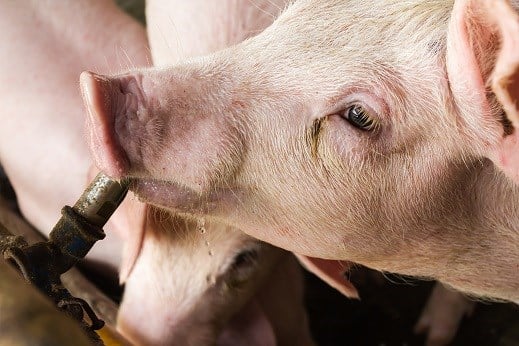
Water quality is an aspect of farm management that is critical to the health of swine. Sub-optimal water quality will negatively impact both your animals’ health and performance and your farm’s profitability. And the hygienic conditions throughout the water system are as important as getting water from a safe source. Good water hygiene from the source all the way to the animals needs to be part of every biosecurity and farm management programme.
Even though a piglet's body is made up of 70-80% water, this element is often neglected as a critically needed nutrient. At weaning, water intake is low, while environmental temperatures are often high, creating the perfect conditions for bacteria to multiply. Experiencing high bacterial challenge during this phase can lower a piglet's growth rate, decrease its feed intake and cause diarrhoea.
Grower-finishers' bodies also have a high water content of almost 50%. Still, water often remains a neglected nutrient during this phase. Water is very important grower-finishers. It helps with temperature control, nutrient transport and waste and digestive processes. Substandard water quality can negatively affect the animal's performance, health and well-being. A comprehensive biosecurity and farm management programme should always start with good water at the source and ensure that hygienic conditions are maintained throughout the entire water system.
For sows, the microbiological quality of water has an enormous impact on health and performance.
A highly productive sow gives birth to 14 to 16 piglets and produces 14 to 15 litres of milk a day. During lactation, drinking plenty of clean, fresh water enables sows to produce adequate milk to feed litters of this size.
With the ban on pharma logical levels of zinc oxide (ZnO) in the EU coupled with continued reduction in antimicrobials and antibiotic growth promoters in many production regions, farmers are requiring alternative strategies to support piglet growth and performance.
Traditionally, high levels of ZnO have been used to manage post-weaning diarrhoea and gut health in piglets. Farmers have added ZnO in amounts of around 1,500 to 3,000 mg/kg feed to the animals’ diets to help stabilise the intestinal microflora during the critical weeks post-weaning when piglets lose the protection supplied by sow’s milk and are exposed to new environmental threats. Adding ZnO to feed also aims to inhibit the growth of some pathogenic bacteria and creates conditions in the animal’s GI tract for beneficial microflora to grow. However, research is showing that other strategies can effectively replace ZnO for managing gut health and animal performance.
Antimicrobial resistance (AMR) is another serious challenge that farmers are seeking solutions for. It is the number one global public health issue of our time, affecting both human and animal health. It occurs when a microorganism becomes resistant to antibiotics that were originally effective in treating infections caused by it. The number of human deaths resulting from resistant bacteria is rising, and it is estimated that this number could grow to 10 million in 2050 if AMR is not tackled. In addition to the human threat, less effective treatment possibilities are resulting in increased mortality rate and lower feed efficiency in livestock animals.
Common strategies for reducing antimicrobials in swine production include dietary measures that aim to prevent exposure to pathogens, support the animal’s defence system and achieve stability in the gastrointestinal tract (GIT). Sudden changes in feed composition and stress factors such as heat may threaten the GIT integrity, by causing destabilisation of the microbiota and alteration of barrier functions and immune responses to occur. In antibiotic-free production environments, the primary need is to present dysbiosis in the GIT and optimise the pig’s mucosal defence functions.
In addition to the immediately tangible benefit of improved performance, effectively reducing antimicrobials means that you will be prepared for future trends and legislation. It can also help you meet the requirements of market segments that command higher prices for your end products.
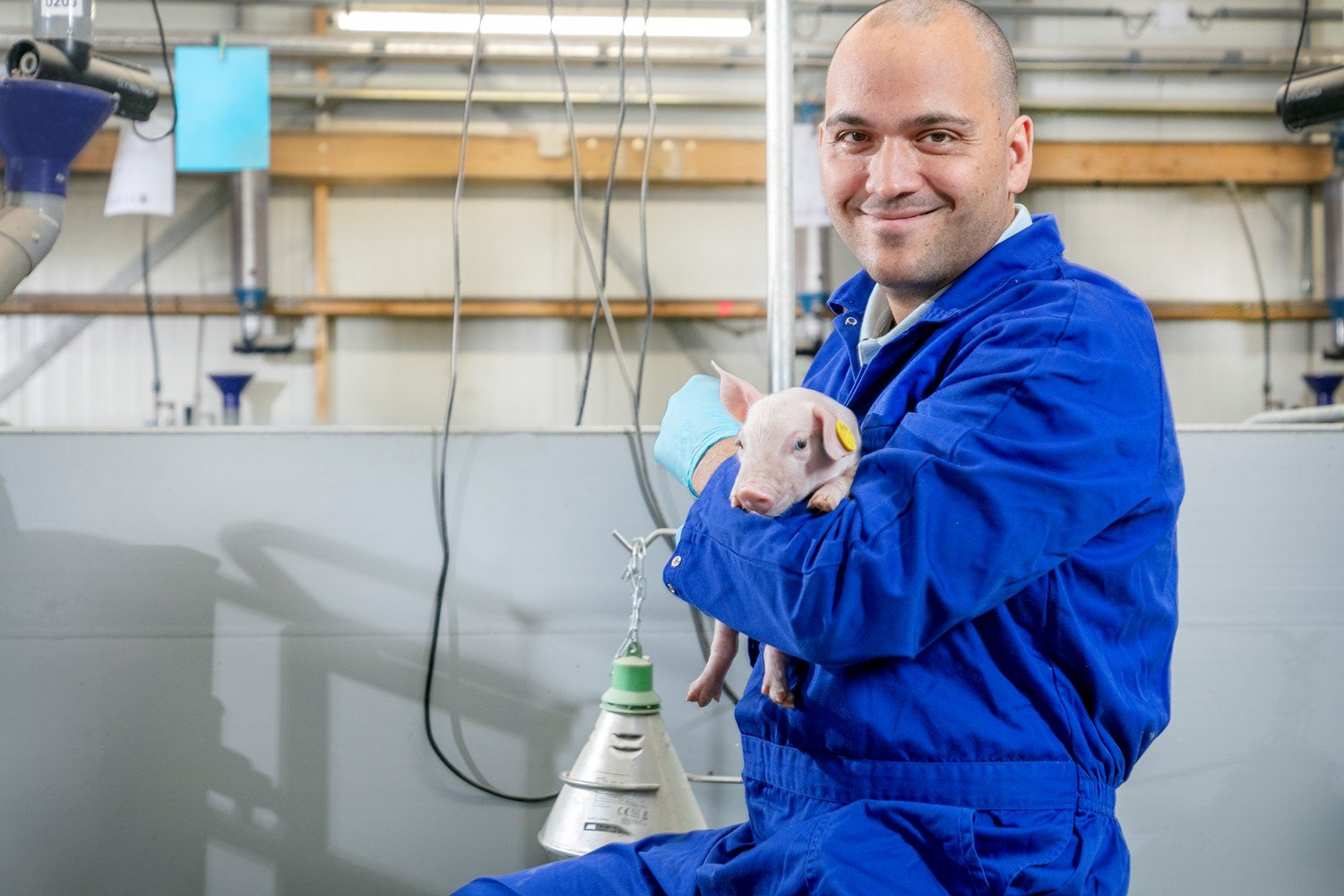
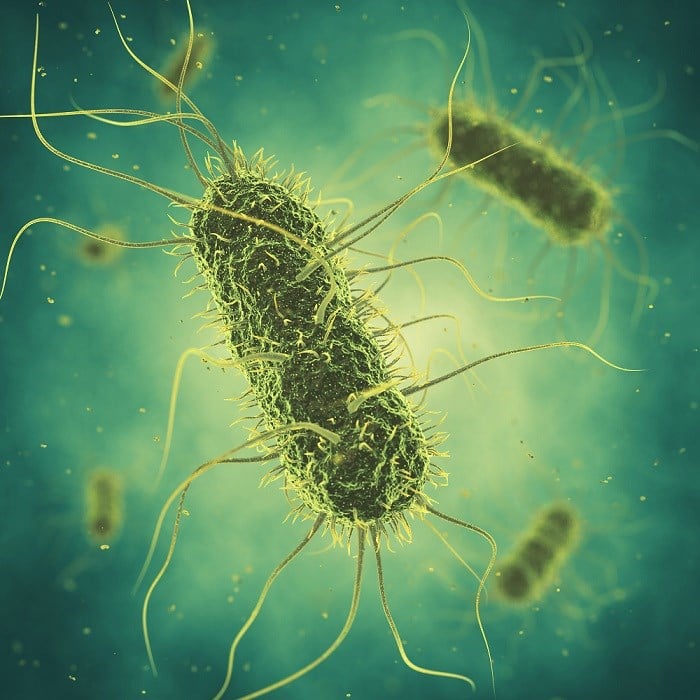
Salmonella is a leading cause of foodborne illness worldwide, and pork is considered a very important potential source of infection. Controlling Salmonella in the feed-to-food chain is critical for the reduction of Salmonella cases in humans.
Also, Salmonella control is crucial to maintain the health and productivity of the pigs themselves. Salmonella spp. cause septicemic disease, as well as enteric disease through inflammation and necrosis of the small and large intestines, resulting in diarrhoea. Pigs of all ages are susceptible; however, intestinal salmonellosis is most common in weaned and growing pigs. Pigs can carry and shed Salmonella indefinitely and with no visible clinical signs, contributing to the persistent contamination of the environment, and consequently, to the occurrence of frequent breaks of disease.
It is very important to keep in mind that Salmonella control swine production systems is a continuous process that requires vigilance and constant improvement.
At birth, a piglet’s immune system is immature. It depends on immunoglobulins transferred from sow milk to offspring to help the piglet fend off pathogens until its own immune system has sufficiently developed. By improving the transfer of this passive immunity, you can support intestinal health and performance and strengthen piglets for a successful weaning process. Independent research shows a connection between increased immunoglobulin content in sow milk and reduced diarrhoea and better growth in the neonatal piglet.
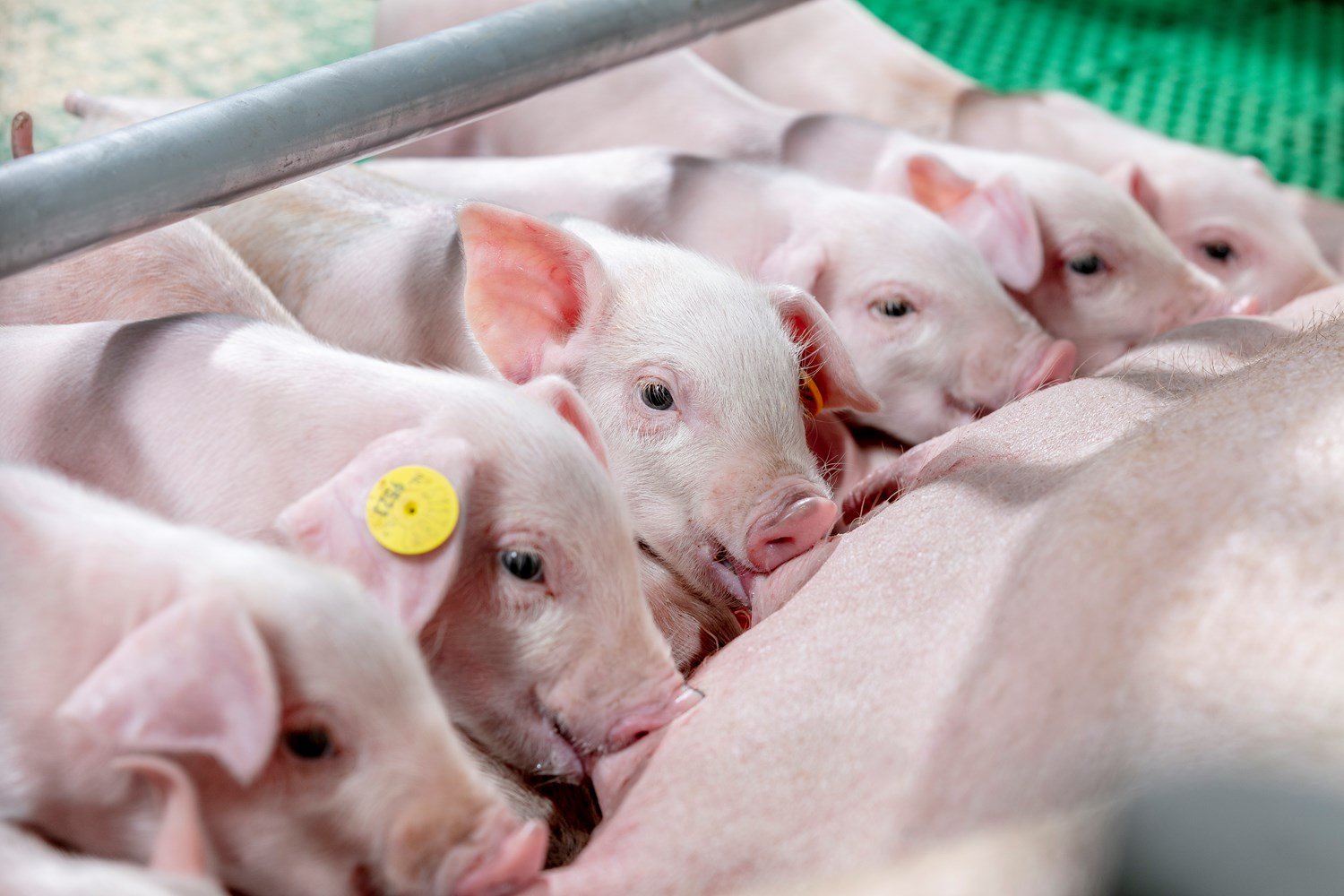
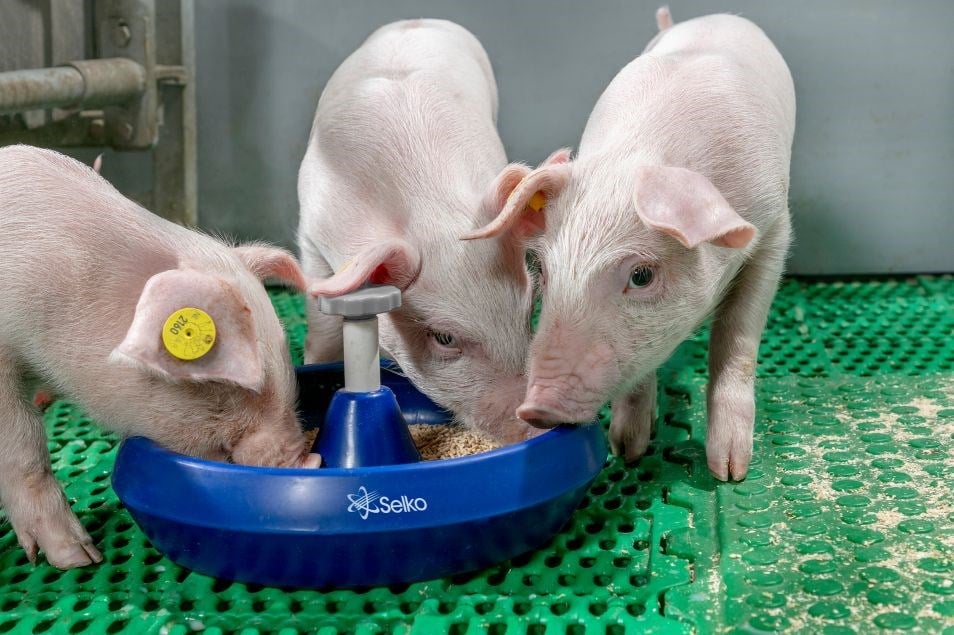
Trace minerals are an essential part of a pig’s diet for optimising health, wellbeing and performance. However, it is extremely important to select the right trace minerals sources – many commercially available sources are highly soluble and reactive, causing them to be excreted, rather than absorbed by the animal. Hydroxy trace minerals are developed to provide a source of concentrated, bioavailable trace minerals at a lower price point.